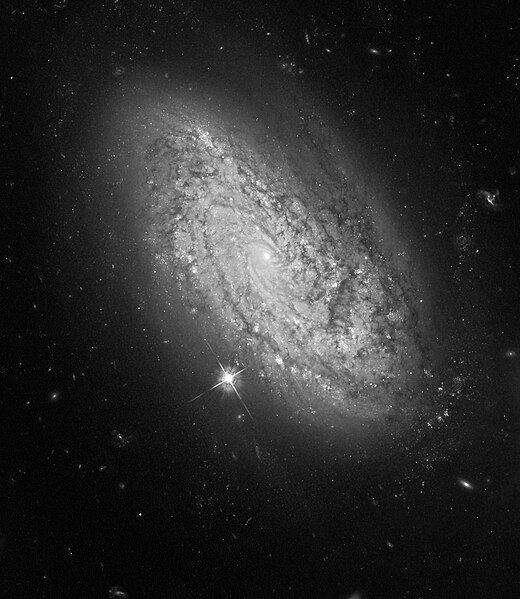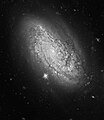Súbor:NGC 3021 Hubble.jpg

Veľkosť tohto náhľadu: 520 × 599 pixelov. Iné rozlíšenia: 208 × 240 pixelov | 416 × 480 pixelov | 666 × 768 pixelov | 888 × 1 024 pixelov | 1 838 × 2 119 pixelov .
Pôvodný súbor (1 838 × 2 119 pixelov, veľkosť súboru: 1,75 MB, MIME typ: image/jpeg)
História súboru
Po kliknutí na dátum/čas uvidíte ako súbor vyzeral vtedy.
| Dátum/Čas | Náhľad | Rozmery | Používateľ | Komentár | |
|---|---|---|---|---|---|
| aktuálna | 23:42, 31. máj 2009 |  | 1 838 × 2 119 (1,75 MB) | Friendlystar | {{Information |Description={{en|1=Less than 100 years ago scientists didn't know if the universe was coming or going, literally. It even fooled the great mind of Albert Einstein. He assumed the universe must be static. But to keep the universe from collap |
Použitie súboru
Na tento súbor odkazuje nasledujúca stránka:
Globálne využitie súborov
Nasledovné ďalšie wiki používajú tento súbor:
- Použitie na ar.wikipedia.org
- Použitie na arz.wikipedia.org
- Použitie na az.wikipedia.org
- Použitie na be.wikipedia.org
- Použitie na ce.wikipedia.org
- Použitie na diq.wikipedia.org
- Použitie na eo.wikipedia.org
- Použitie na eu.wikipedia.org
- Použitie na fa.wikipedia.org
- Použitie na hr.wikipedia.org
- Použitie na kk.wikipedia.org
- Použitie na lb.wikipedia.org
- Použitie na mk.wikipedia.org
- Použitie na my.wikipedia.org
- Použitie na nl.wikipedia.org
- Použitie na pt.wikipedia.org
- Použitie na ru.wikipedia.org
- Použitie na sh.wikipedia.org
- Použitie na sr.wikipedia.org
- Použitie na tr.wikipedia.org
- Použitie na tt.wikipedia.org
- Použitie na uk.wikipedia.org
- Použitie na uz.wikipedia.org
- Použitie na www.wikidata.org


